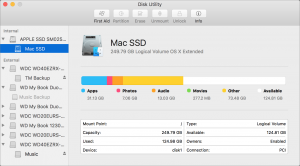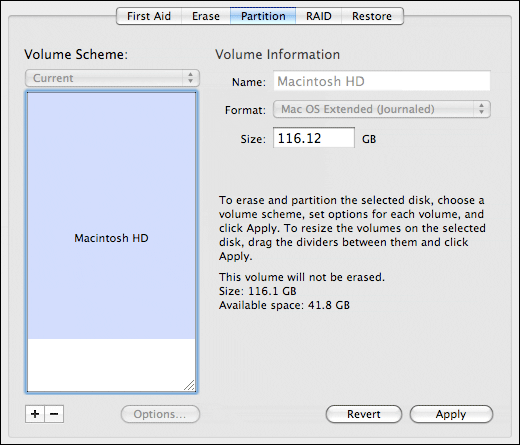

- #MAC OS DISK UTILITY STAYS LOADING HOW TO#
- #MAC OS DISK UTILITY STAYS LOADING INSTALL#
- #MAC OS DISK UTILITY STAYS LOADING UPGRADE#
Make sure your Mac is shut down completely. You need to do this job via macOS Recovery.

You can use Disk Utility to repair your startup disk. Method 6: Use Disk Utility to Repair Your Startup Disk.
#MAC OS DISK UTILITY STAYS LOADING HOW TO#
Select the disk or partition that you have macOS installed on. The next method will show you how to repair your startup disk. Once you see the Recovery Mode pop up, select Disk Utility from the OS X Utilities menu. Apple also offers Shift-Command-Option-R, which installs the version of OS X or macOS with which your computer shipped, or the next oldest compatible system still available for download. At this point, the Apple logo should pop up on your display. While Command-R at startup always installs whatever the most recent version you installed on your Mac, holding down Command-Option-R brings down the very latest compatible version that can be installed.
#MAC OS DISK UTILITY STAYS LOADING INSTALL#
However, if you have normal Recovery installed and it refuses to install macOS for some reason, you can manually invoke Internet Recovery. There, the Mac reaches out over a Wi-Fi or ethernet connection to download the relatively modest Recovery software, which then bootstraps the download of the full macOS installer.Īpple says Internet-based Recovery should happen automatically on supported models, and you should see a spinning globe when that mode is invoked while the download occurs.
#MAC OS DISK UTILITY STAYS LOADING UPGRADE#
However, there’s yet another option: macOS Recovery over the Internet, which requires either a Mac model released in 2012 or later, or most 20 models with a firmware upgrade applied. When complete, it installs it and reboots, and places the installer in the Applications folder. (Apple doesn’t document that, and I haven’t had to test that for years.)įailing finding it, Recovery downloads the currently installed version of macOS (or OS X), which is about 5GB. In that mode, when you choose to reinstall without erasing the drive, my recollection is that Recovery looks for the current OS system installer on your startup disk in the Applications folder, and uses that. That allows you to run Disk Utility, reinstall or wipe and install the system, access Terminal for command-line functions, and so on. Normally, you can start up a Mac while holding down Command-R to boot into what Apple now calls macOS Recovery. but thats still a bit odd for such a basic utility one would think an apple developer could implement a timeout and an error() message if a program hangs or fails to load the disk information. The article includes instructions on obtaining the installer, which might involve you having to use someone’s else Mac to download it, if you don’t have a replacement Mac on hand yet.īut if you can’t get access to another Mac or the necessary drive, it’s still possible to use a different Recovery mode on all recent Macs, dating back to 2010. That allows you to run Disk Utility, reinstall or wipe and install the system.

We have instructions for making a bootable installer with macOS Sierra (as well as archived versions for several previous releases). Normally, you can start up a Mac while holding down Command-R to boot into what Apple now calls macOS Recovery. Recovery lets you install onto an erased partition, but only if Recovery wasn’t erased, too!īecause Recovery didn’t work, the fastest way to install fresh is to make or borrow a macOS installer on a USB flash drive or a disk drive.


 0 kommentar(er)
0 kommentar(er)
